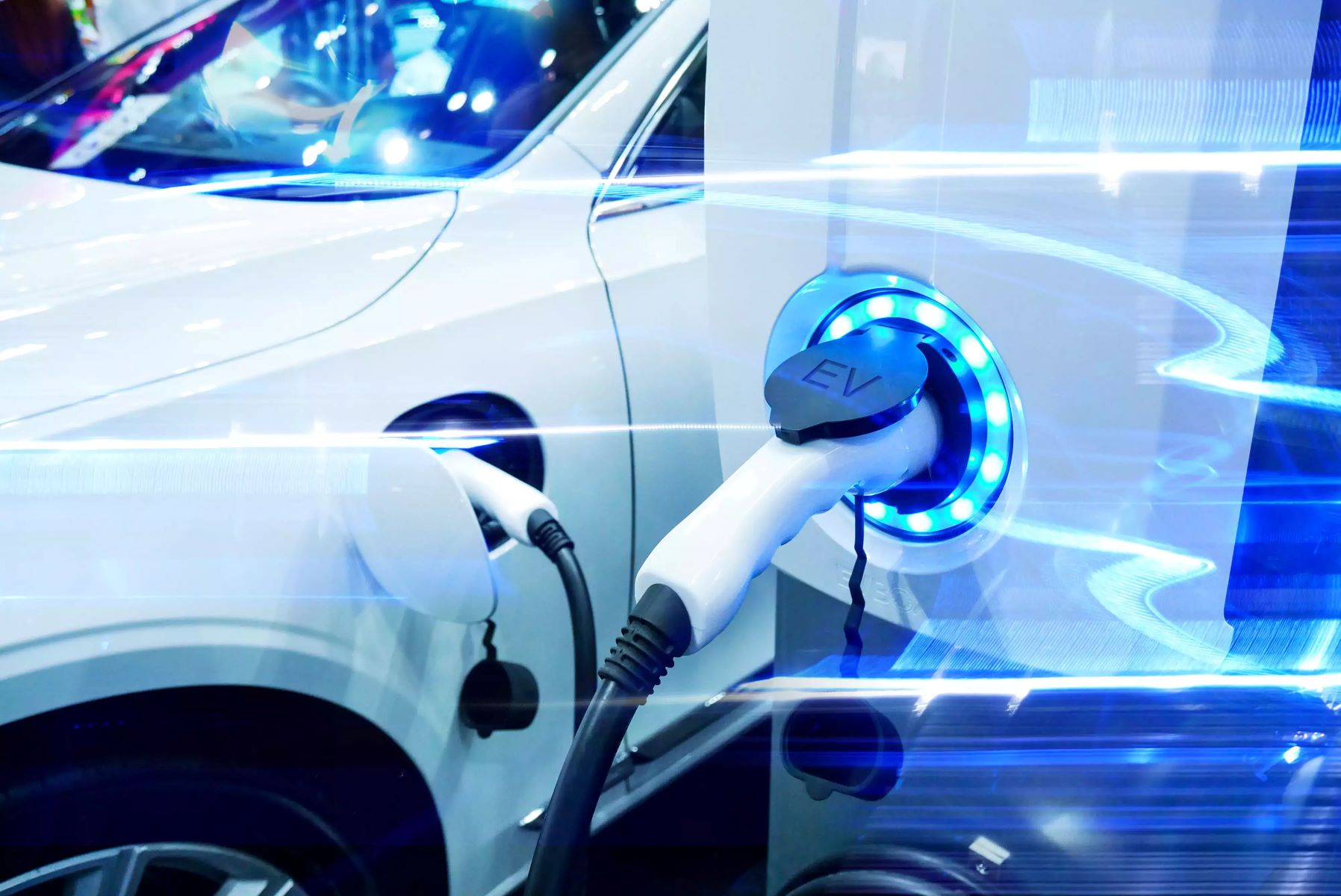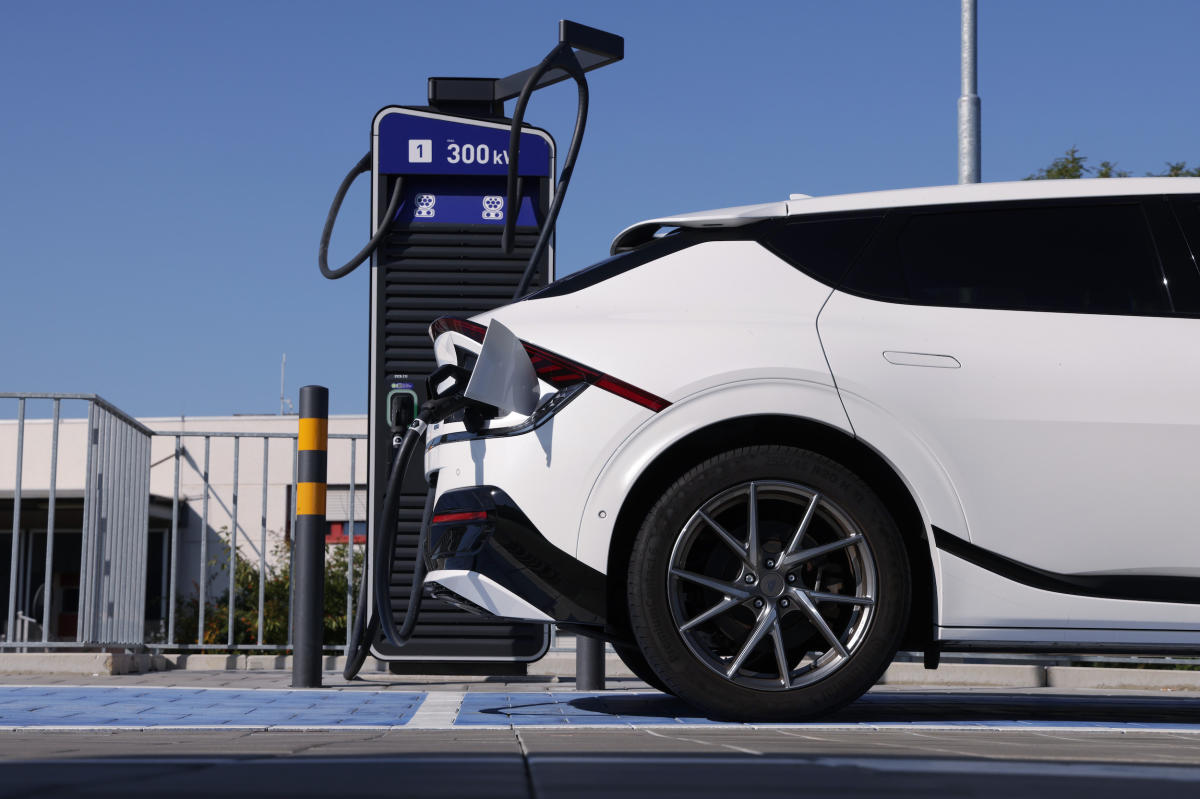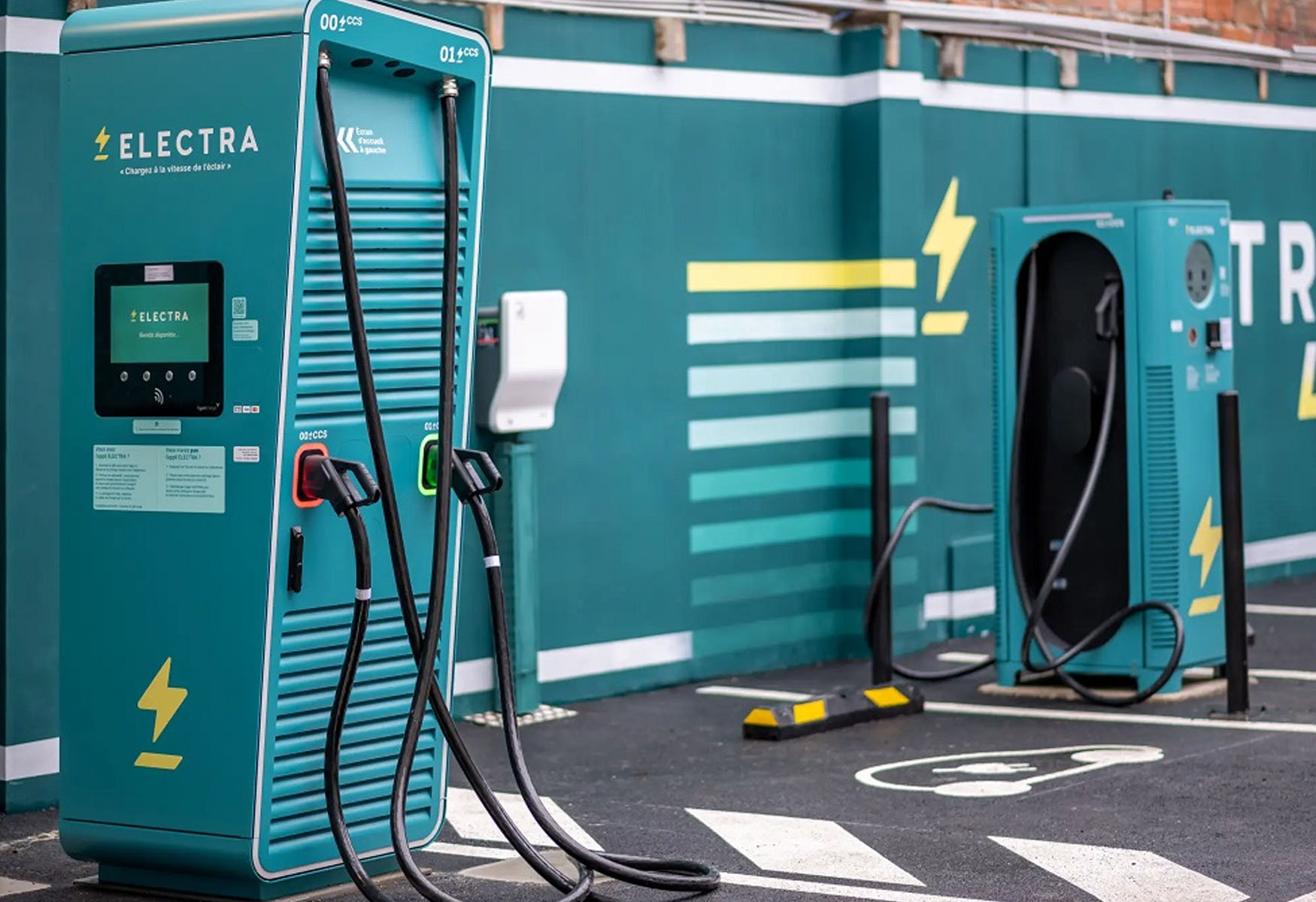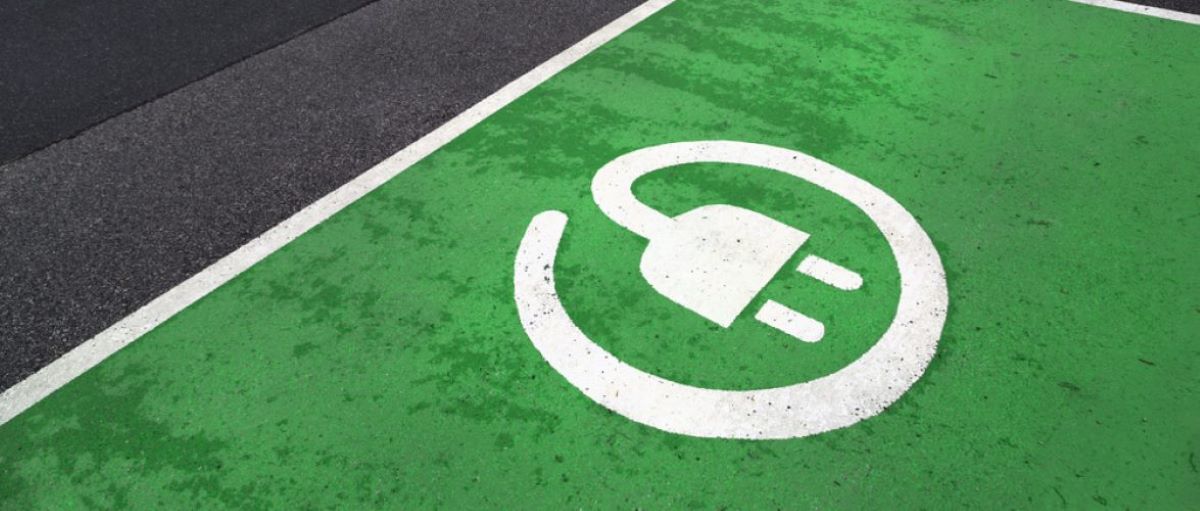The United States has set a goal to have 50% of all vehicles sold be zero-emission by 2030. To achieve this, a significant increase in electric vehicle (EV) charging infrastructure is needed. Currently, there is a substantial gap between the number of EVs on the road and the availability of charging stations. Fortunately, startups focused on the EV charging space have a massive opportunity to help close this gap and accelerate the adoption of EVs.
Key Takeaway
Startups focused on EV charging can play a vital role in addressing the distribution challenge and encouraging widespread EV adoption.
Current Efforts to Expand Charging Infrastructure
The recent news that major automakers including BMW, Honda, Hyundai, Kia, GM, Mercedes, and Stellantis are forming a joint venture to build thousands of EV chargers in the U.S. is a significant step forward. The planned deployment of 30,000 fast chargers in urban and highway areas will help increase the fast-charging infrastructure. However, this alone will not fully address the distribution challenge.
The current network of charging stations in the U.S. is heavily concentrated in certain states and cities, leaving a significant gap in other regions. The government has allocated funding to construct 500,000 new chargers by 2030, but more needs to be done to meet the projected demand of 1.2 million chargers by that time.
Similar EV charging gaps exist in other countries around the world. For example, Germany and France have invested significant funding in building charging infrastructure, but more is needed to reach the required number of stations. In Asia, China and India are rapidly expanding their EV charging infrastructure to meet the growing demand.
Opportunities for Startups in the EV Charging Space
Given the wide gap in supply and demand of EV chargers, there are tremendous opportunities for startups focused on this space. Here are several areas where startups can make a significant impact:
- Use AI for smart energy: AI can optimize charging demand, distribution, and scheduling, making the process more user-friendly and efficient.
- Apply charging analytics and data insights: Predictive maintenance and data-driven insights can help ensure the operational reliability of charging stations.
- Design flexible charging solutions: Hardware and charging standards need to be compatible and convenient for all EV users, considering different regional preferences.
- Target the global market: Startups should provide solutions that adapt to all types of hardware, ensuring widespread appeal and usability across different regions.
- Leverage government funding: Capitalizing on government initiatives and aligning with funding opportunities can accelerate the growth of EV startups.
- Fill the distribution gap: Startups can address the uneven distribution of public charging infrastructure, especially in hard-to-reach locations.
- Understand the customer: Tailor charging solutions to meet the needs and preferences of EV users, including expanding reach to home charging.
- Provide various payment options: Offering multiple payment methods like apps, RFID cards, and contactless payments can enhance the overall user experience.
However, startups entering the EV charging market should be aware of the challenges they may face, including long sales cycles and the need to navigate multiple stakeholders along the value chain. Despite these challenges, startups equipped with a strong value proposition and groundbreaking technology can play a crucial role in driving EV adoption and overcoming range anxiety.
In addition to startups, it will require collaborative efforts among industry stakeholders, government entities, and charging network operators to ensure a seamless and widespread adoption of EVs. By addressing the distribution challenge and investing in innovative charging solutions, we can pave the way for a future where EVs are the norm on our roads.

























